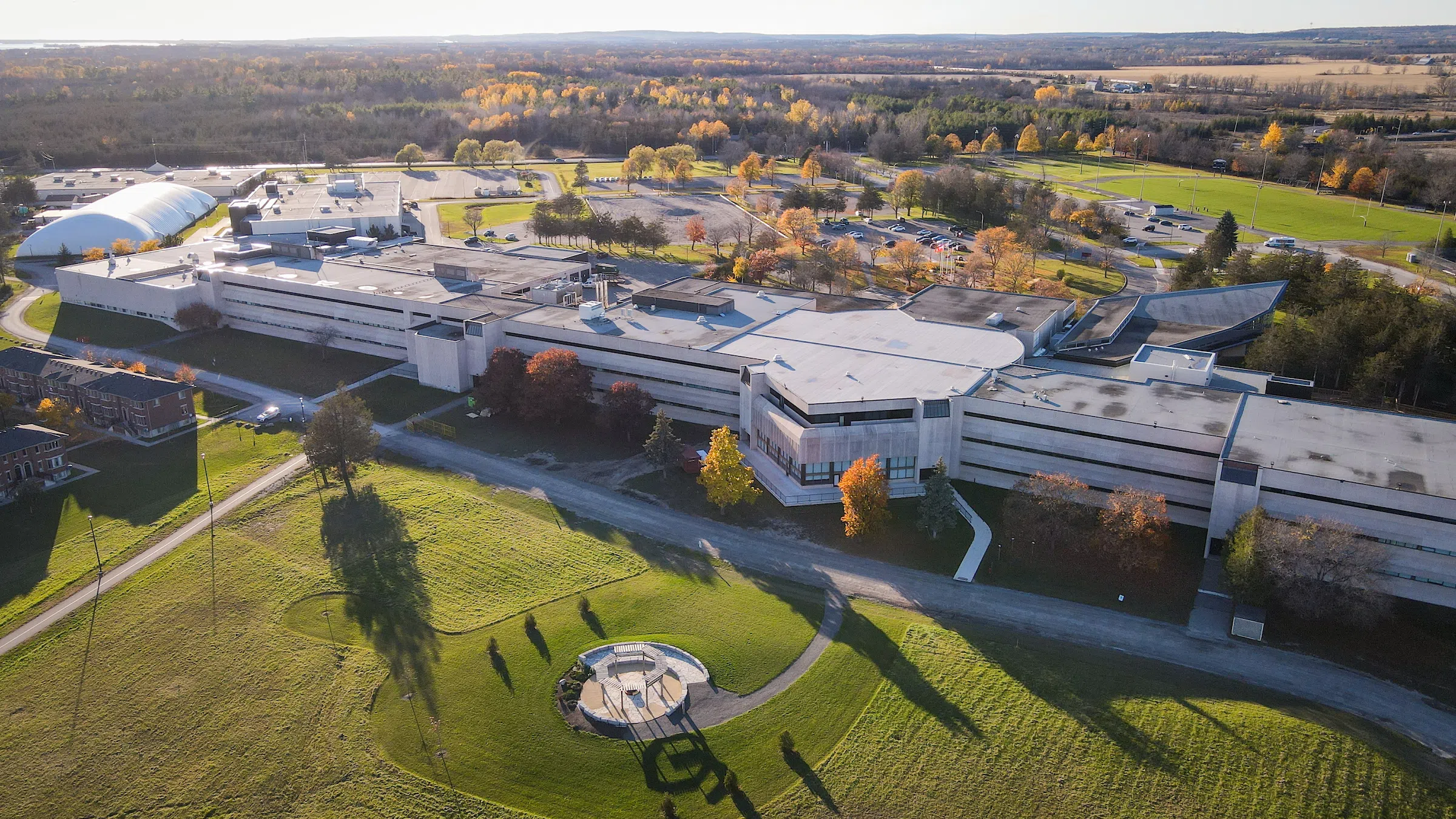A college in downtown Toronto and one in rural Ontario are both post-secondary institutions, in the same province, however, in many ways they vary.
Eleven rural, small, and northern colleges, including Loyalist, are banding together to create a larger voice.
The group is called Ontario Regional Economic Workforce and Innovation Network (OREWIN).
In a media release to Quinte News, the group is described as “a network bringing together 11 of Ontario’s small, northern, and rural colleges to advance community-driven solutions and support the province’s role as Canada’s economic engine.”
President Mark Kirkpatrick talked about the amalgamation
Audio Player
“A lot of us wanted to make sure that the unique voice and the unique offerings that we give to our regions are heard. Sometimes the voice of the larger colleges in the big metropolitan areas can outpower a voice in some place like Belleville.”
Audio Player
“The thought was that if we could come together, we all have similar types of regions in this province that we support and if we could advocate together. Many smaller voices make a big voice kind of idea.”
He says high program delivery costs are front and centre for the non-urban schools.
Audio Player
“When your population is spread out over a larger area, there’s a cost to getting those students in and being able to reach those students that some of those folks in the big metropolitan areas (don’t) face. Municipal transit is a challenge in these locations, that we have limited resources with respect to trades and folks that work on our facility. There’s not as much variety in contractors at our disposal to do things. Overall our cost structures are a little bit different.”
Kirkpatrick says they cannot run classes with 150 students in it.
Audio Player
“Of course the economy of scale. People don’t come to Loyalist and some of these smaller colleges to sit in big classrooms. We have smaller classrooms and so that lack of economy of scale is also a challenge.”
Numbers coming from Loyalist indicate that cuts at the school could represent a one per cent drop in the regions GDP.
Another positive to the small, rural, and northern schools is affordable post-secondary education.
If someone was to leave the Quinte region to seek education, they would also then add room, board, and transportation to their bottom line.
Audio Player
“The college system was designed around access and these small, rural colleges are designed around that. We all believe that folks don’t have to or shouldn’t have to go to the big city to get an education. We are supposed to be providing post-secondary options to these smaller regions of the province, because that’s what helps their economics, that’s what helps their industry.”
Kirkpatrick finished the interview by thanking stakeholders in the region for stepping up to show support to the school.
Audio Player
“They’ve all been stepping up, they’ve all been writing letters. They’ve been talking to the ministry and to the folks in Toronto. Our municipal governments have been supporting us. Couldn’t have asked for more.”




